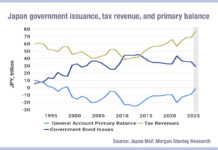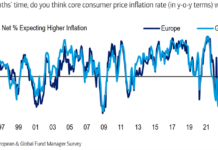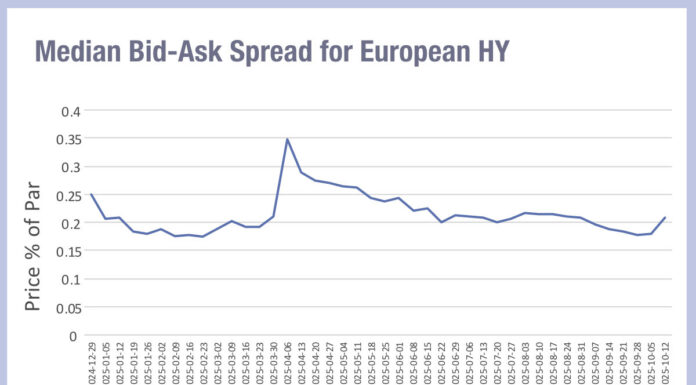A report by Mario Draghi, former European Central Bank president, looking at paths forward to improve the European Union’s competitiveness, has found a solid case to support “regular and sizable issuance by the EU of a common safe and liquid asset” to enable joint investment projects among member states and to help integrate capital markets.
“It is unquestionable that the issuance of a common safe asset would make the Capital Markets Union (CMU) much easier to achieve and more complete,” wrote Draghi:
- It would facilitate the uniform pricing of corporate bonds and derivatives by providing a key benchmark, in turn helping to standardise financial products across the EU and making markets more trans parent and comparable.
- It would provide a type of safe collateral that can be used in every country and in all market segments, in the activities of central counterparties and in interbank liquidity exchanges, including on a cross-border basis.
- A common safe asset would provide a large, liquid market that attracts investors globally, leading to lower costs of capital and more efficient financial markets across the EU. This asset would also form the basis of international euro reserves held by other central banks, enhancing the role of the euro as a reserve currency.
- It would provide all European households with a safe and liquid retail asset accessible at a common price, reducing information asymmetries and ‘home bias’ in the allocation of retail funds.”
“Some joint funding of investment at the EU level is necessary to maximise productivity growth, as well as to finance other European public goods,” Draghi wrote. “The more that governments implement the strategy laid out in this report, the greater the increase in productivity will be, and the easier it will be for governments to bear the fiscal costs of supporting private investment and of investing themselves. Joint funding for specific projects will be key to maximise the productivity gains of the strategy, such as investing in breakthrough research and infrastructures to embed AI into the economy.”
At the same time he identified investment that could not be under supplied without common action and funding.
“For Member States to converge more closely in their policies – be it the Single Market or more generally in the policies described in this report such as climate, innovation, defence, space, education – both regulation and incentives will be required,” he said.
Issuing common assets on a more systematic basis would require a “stronger set of fiscal rules” ensuring that an increase in common debt is matched by a more sustainable path of national debt so all EU Member States could contribute to such an asset without prejudging the sustainability of their public debt.
“Issuance would also have to remain mission and project specific,” he said.
Draghi also asserted that to enable the European securitisation market to expand, the Commission should make a proposal to adjust current prudential requirements for securitised assets.
“First, capital charges must be reduced for certain STS categories for which the capital charge is not reflecting the actual risk. Second, a targeted and appropriate reduction of the p-factor should be considered, which increases capital requirements for securitised assets and under the current rules is criticised for being excessive and discouraging securitisation, in particular, for corporate and SME portfolios.”
The Commission should review transparency and due diligence rules to facilitate issuance and acquisition of securitised assets because, the transparency requirements for these assets are “relatively high compared to other asset classes and reduce the attractiveness of securitised assets for financial parties.”
He also suggested that the EU should set up a securitisation platform to deepen the securitisation market, like other economies also have done which would reduce costs for banks, especially smaller ones, and could foster standardisation in securitised products More standardisation would make investing in securitised products also more attractive.
Responding to the report, MEP Markus Ferber said, “In terms of financing, Draghi is right to stress that the lion’s share has to come via private investments and productivity gains. Joint debt issuance is neither politically feasible nor is it advisable. We have seen with the recovery fund that simply throwing money at a problem does not necessarily solve it. If the competitiveness agenda gets bogged down in tricky political discussions about a new fiscal capacity, there is a good chance we simply get nowhere. If we want to see sustainably higher levels of investment, we need to make sure that the EU is such an attractive place to do business that the private sector wants to invest here. A genuine Capital Markets Union has to be one of the priority projects, but for that Member States need to commit.”
©Markets Media Europe 2025













